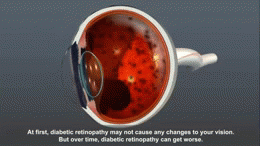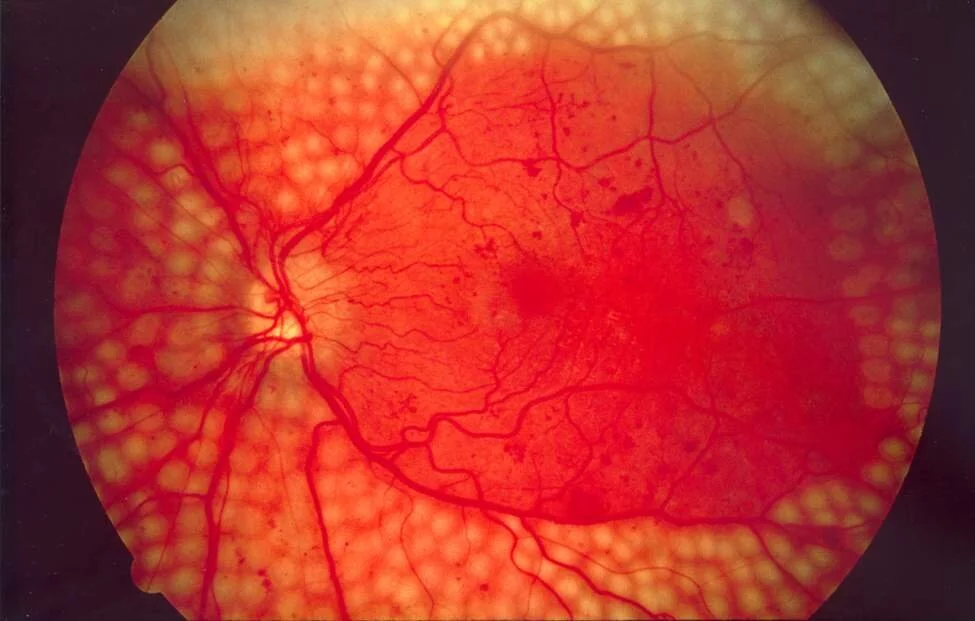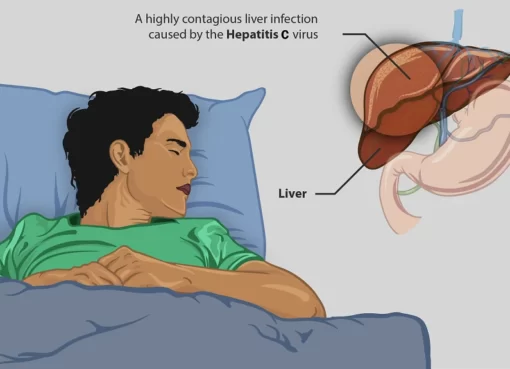Vitamin C and Diabetic Retinopathy
We will delve into various research studies and their consequent discoveries regarding the significance of antioxidant vitamin C in the context of diabetic retinopathy triggered by diabetes.

According to a 2003 study commissioned by Kemin Foods and conducted by researchers at Duke University in Durham, North Carolina, the incidence of diabetic retinopathy among people with diabetes mellitus increased from 6.9% to 17.4% between 1991 and 1999, indicating the potential for preventative approaches.
Diabetic retinopathy is the leading cause of new instances of blindness in those aged 20 to 74. Nearly all patients with type 1 diabetes and more than 60% of individuals with type 2 diabetes develop retinopathy over the first two decades of their illness.
The new study, published in the Elsevier journal, Microvascular Research, compared the effects of vitamin C supplementation on the development of diabetic retinopathy and found significant improvements in markers of eye health.
“Vitamin supplementation suppressed leukocyte adhesion and thus endothelial dysfunction, associated with an increase in iris blood flow perfusion in diabetes. The antioxidant vitamin C may be a therapeutic agent for preventing diabetic retinopathy,” wrote lead author Amporn Jariyapongskul from Srinakharinvirot University in Bangkok.
However, a leading independent expert has warned that the research is too preliminary to draw any firm conclusions at this stage.
Diabetic retinopathy is the most prevalent eye condition in diabetics and a significant cause of adult blindness, according to the US National Eye Institute. Swelling and leaky blood vessels, as well as the development of aberrant new blood vessels on the retina’s surface, can cause it.
Medical Study & Findings
Jariyapongskul and co-workers divided male rats into three groups; one group acted as control (health rats), while the other two groups had diabetes induced by a single intravenous injection of streptozotocin (STZ, 55 mg per kg body weight). The STZ rats were then split into two groups, with half of the animals getting vitamin C supplements (1 g/l ascorbic acid) in their drinking water.
Levels of blood glucose, tissue lipid peroxidation, and plasma vitamin C were measured at eight, 12, 24, and 36 weeks after STZ injection. Rats in the STZ group not supplemented with vitamin C were found to have significantly higher blood glucose levels and levels of tissue lipid peroxidation, as well as lower vitamin C levels, which were improved by vitamin C supplementation.
STZ caused reductions in blood flow in the iris of the animal’s eyes and gradually increased over the weeks following the injection. In the STZ rats who received vitamin C supplementation, however, this blood flow was significantly increased compared to the STZ rats, while the adhesion of leukocytes to the endothelium (cells that line the walls of blood vessels) was decreased at 24 and 36 weeks.
“The current findings demonstrate a solid link between substantial decreases in blood glucose, significant increases in plasma vitamin C, and significant decreases in the number of adhering leukocytes in diabetic rats in 24 and 36 weeks following supplementation with vitamin C,” the researchers said.
“Reactive oxygen species are constantly generated throughout the diabetic state in diabetes with hyperglycemia. Vitamin C was constantly supplied in diabetic mice to lower blood glucose levels, which might enhance ascorbic acid transport into endothelial cells “They went on.
“Therefore, a balance of reactive oxygen species and the antioxidant system was fully recovered, especially in 36 weeks of STZ-vitamin C rats,” they concluded.
Need for Further Research and Findings
Commenting independently on the research, Dr. Lain Frame, research manager at British charity Diabetes UK said that the research is still at an early stage and the results are too preliminary to draw meaningful conclusions.
“The experiments were conducted in an experimental animal model with a relatively large dose of Vitamin C. “As the authors concede, much more research on the effects of Vitamin C on the cells in issue in normal and diabetic mice is needed to see if this method makes a difference in preventing retinopathy,” Dr. Frame stated.
“We would certainly not encourage people to start taking vitamin C supplements based on preventing or treating retinopathy diabetes,” he added.
An estimated 19 million people are affected by diabetes, equal to four percent of the total population. This figure is projected to increase to 26 million by 2030.
In the US, there are over 20 million people with diabetes, equal to seven percent of the population. The total costs are thought to be as much as $132 billion, with $92 billion being direct costs from medication, according to 2002 American Diabetes Association figures.
Citation
https://www.diabetes.org/resources/statistics/cost-diabetes
https://care.diabetesjournals.org/content/27/suppl_1/s84
https://commons.wikimedia.org/wiki/File:Diabetic_retinopathy-NIE.gif





Your article helped me a lot, is there any more related content? Thanks! https://www.binance.info/id/join?ref=S5H7X3LP
Thank you for your sharing. I am worried that I lack creative ideas. It is your article that makes me full of hope. Thank you. But, I have a question, can you help me? https://accounts.binance.com/it/register?ref=JHQQKNKN
Thank you for your sharing. I am worried that I lack creative ideas. It is your article that makes me full of hope. Thank you. But, I have a question, can you help me?
Your point of view caught my eye and was very interesting. Thanks. I have a question for you.
I don’t think the title of your article matches the content lol. Just kidding, mainly because I had some doubts after reading the article.